A few months ago, I wrote a post on the blog entitled “The Evolution of the Zombie” that traced back how zombies have evolved in popular culture over time. That was so much fun that I’ve decided to do it again, only this time with vampires.
The etymology of the word “vampire” is fairly uncertain. While some English accounts of blood-sucking, plague-spreading, undead corpses date back as far as 1196, the term “vampyre” didn’t enter the English vernacular until around 1732. It may come from the French vampire, or German Vampir, or Hungarian vampir.

But while the word may be only a few hundred years old, the concept of vampirism has existed for millennia. Tales of spirits and demons consuming the blood or flesh of the living in Mesopotamian, Hebrew, Ancient Greek, Manipuri, and Roman cultures are considered precursors to the modern vampire. Early European versions of the vampire were a long way from handsome Angel in Buffy the Vampire Slayer or Twilight’s sparkly Edward—they had dark, ruddy skin and were bloated from drinking blood.
Pop culture has produced many different versions of the vampire since. Here are some of the ways vampires have evolved over time in popular culture, and why the myth has endured through the ages.
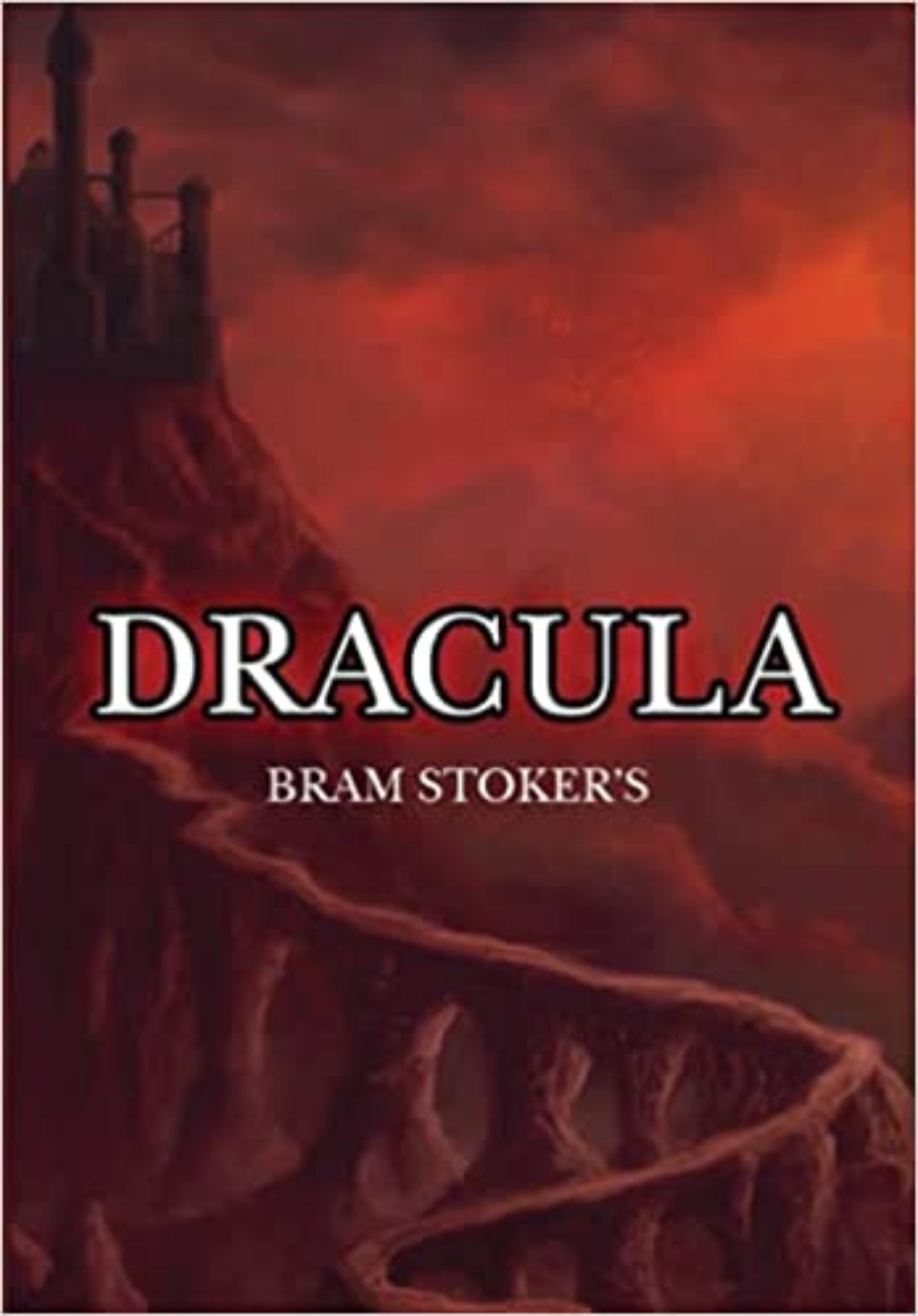
The Charismatic Sophisticate
John William Polidori’s 1819 story “The Vampyre” introduced readers to the suave, sophisticated vampire that modern audiences are more familiar with. The idea for this tale emerged from the same ghost story-writing challenge between Polidori, Mary and Percy Bysshe Shelley, Claire Clairmont, and Lord Byron that inspired Mary Shelley’s Frankenstein.
The most well-known example of this type of vampire—and likely the most well-known vampire, period—is Bram Stoker’s Dracula. Stoker’s 1897 eponymous novel ushered vampires into the mainstream. Suddenly vampires had moved from village lore and penny dreadful serials to a reputable work of literature. So many of Count Dracula’s features including his pale complexion, his ability to transform into a bat, and lack of reflection have since become archetypical.
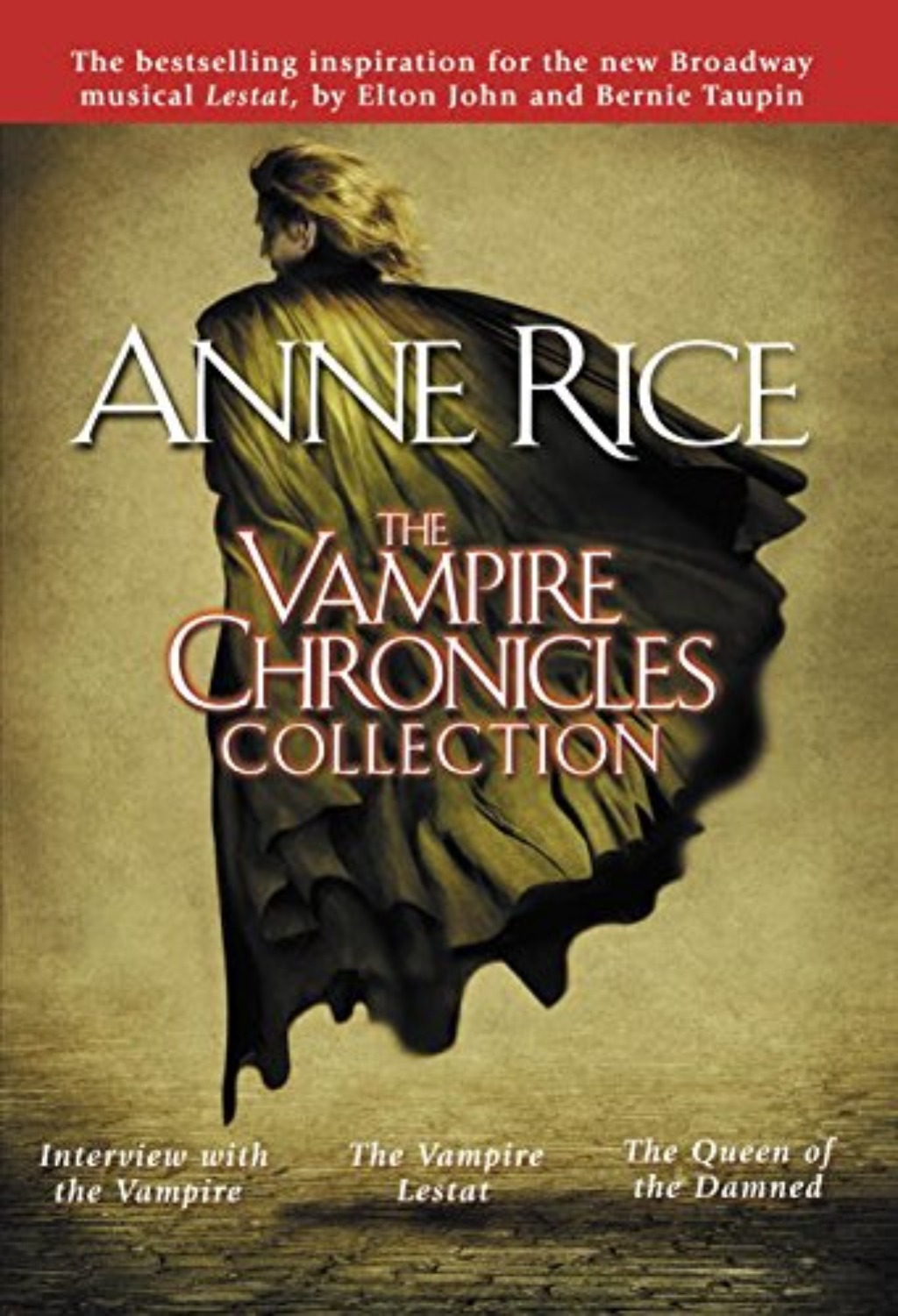
The Tragic Hero
For many years, vampires were seen as the embodiment of true evil. But as we learned with zombies, authors and filmmakers can only focus on the terror of monsters for so long before wondering what such an existence must be like from the monster’s perspective.
One example of this is Barnabas Collins from the 1960s gothic soap opera Dark Shadows. The character was only supposed to have a 13-week run but was so popular that he instantly became the star of the show. Dark Shadows follows his transformation from a malevolent and frightening creature into a hero who will selflessly put others’ lives before his own. You can also find other sympathetic vampires like this in Anne Rice’s Vampire Chronicles.
Vampires were fascinating enough as immortal, evil creatures who depended on blood to live. But once people stopped immediately assuming vampires were evil, they began to see what a horrible fate vampirism could be. As a result, vampire characters became far more complex and compelling.
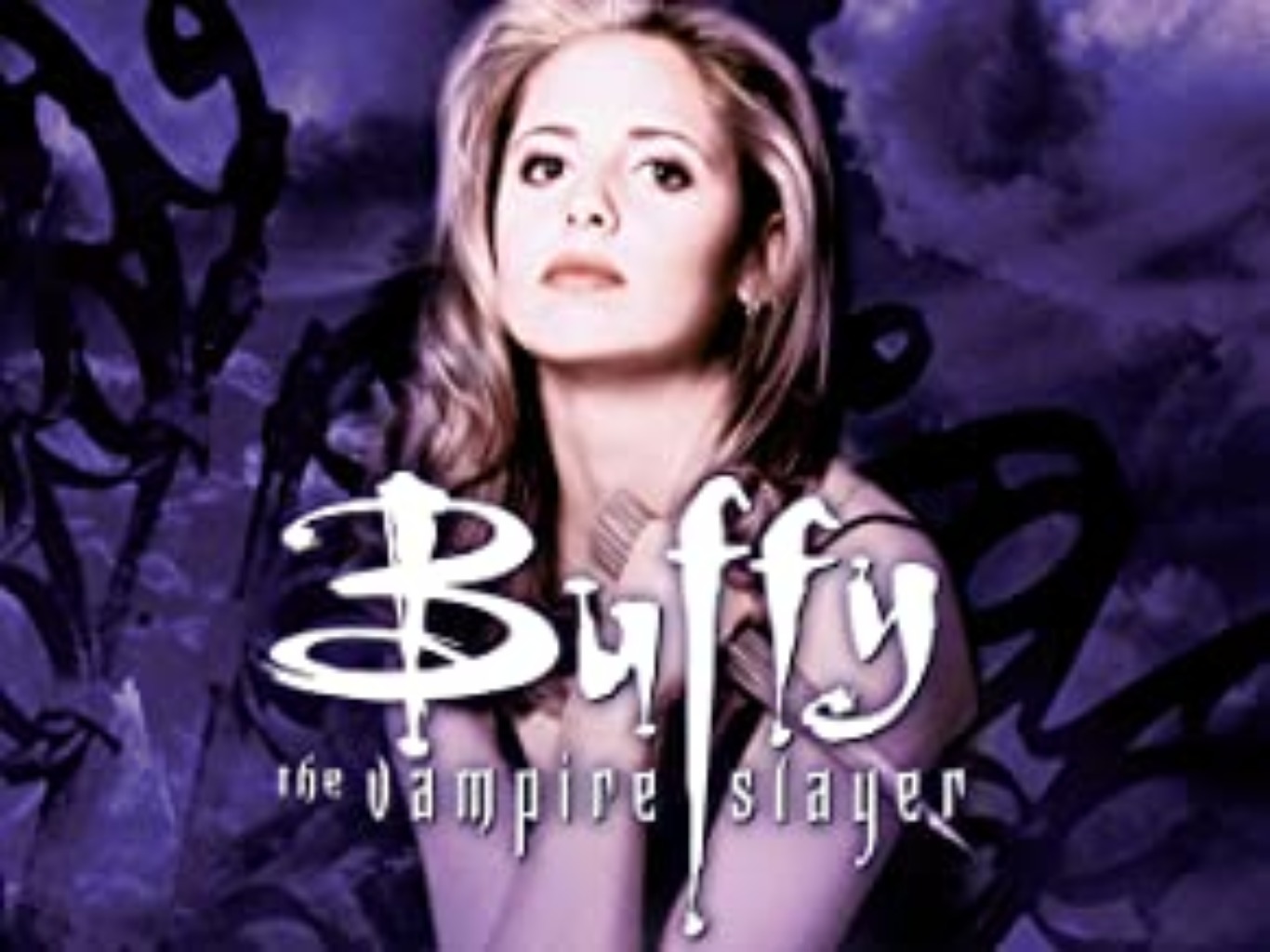
The Vampire Hunter
As vampire stories became more and more popular, writers began to wonder about the stories behind those who hunted vampires. The most famous vampire hunter of all time, Abraham Van Helsing, appeared way back in Dracula. But while Van Helsing was a central character in that book for sure, later works began to focus solely on a single vampire hunter and their adventures.
One of the first vampire hunter protagonists was Blade, who appeared in both comics and films. Though part vampire himself, Blade has become determined to rid the world of all vampires. His first appearance was in the comic book The Tomb of Dracula #10 in July 1973. Another well-loved vampire hunter is Buffy Summers from the 90s film and TV series, Buffy the Vampire Slayer. Laurell K. Hamilton’s Anita Blake novels about a snarky vampire executioner also proved to be very popular.
These comic books, films, and shows followed Dark Shadows’ more nuanced way of looking at vampire lore. Good and evil are not so cut and dry here—Blade hates vampires but is also partially one himself, and Buffy and Anita both end up in romantic entanglements with the vampires they’re supposed to be hunting.
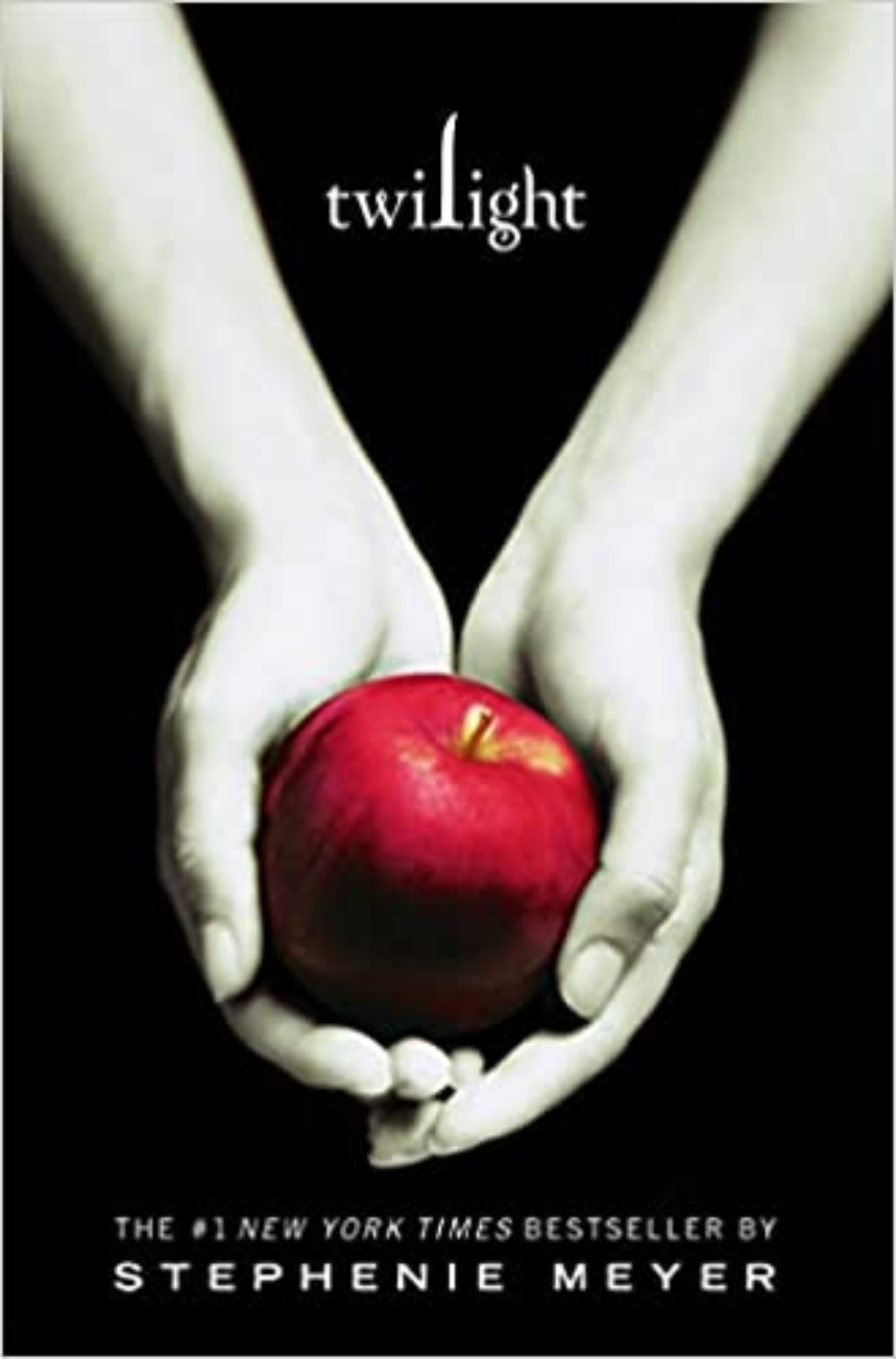
Throwing Out the Playbook
Some say rules were made to be broken, and this is certainly something writers of modern vampire tales tend to believe. Just as Bram Stoker built the archetype of the vampire with Dracula, other writers have gleefully torn it apart. According to established vampire lore, weaknesses include sunlight, garlic, silver, and crucifixes. But plenty of vampire novels, TV shows, and films throw those ideas right out the window.
Take Twilight by Stephenie Meyer, for example. So much of vampire lore in those novels proves to be just that. Edward Cullen won’t burn to ash in the sunlight—he just avoids it since it makes his skin sparkle. And in books like The Vampire Diaries by L.J. Smith, vampires can wear the gemstone lapis lazuli to protect themselves in the sun.
Vampires are now being taken to unconventional locales like in True Blood’s Southern gothic take on the genre. A show like Being Human throws a vampire, werewolf, and ghost together living in the same flat despite the fact that such creatures would usually not interact, and would be enemies if they did. The film and TV show What We Do in the Shadows pokes fun at everything we know about vampires and finds opportunities for hilarious comedy in the archetype.
Part of the whole fun of writing about mythological creatures is taking the lore you like, leaving the parts you don’t, and adding something new to make what was old and familiar completely your own. Vampires have provided rich subject matter for writers for hundreds of years, and I for one am excited to see what new ideas they will come up with next.
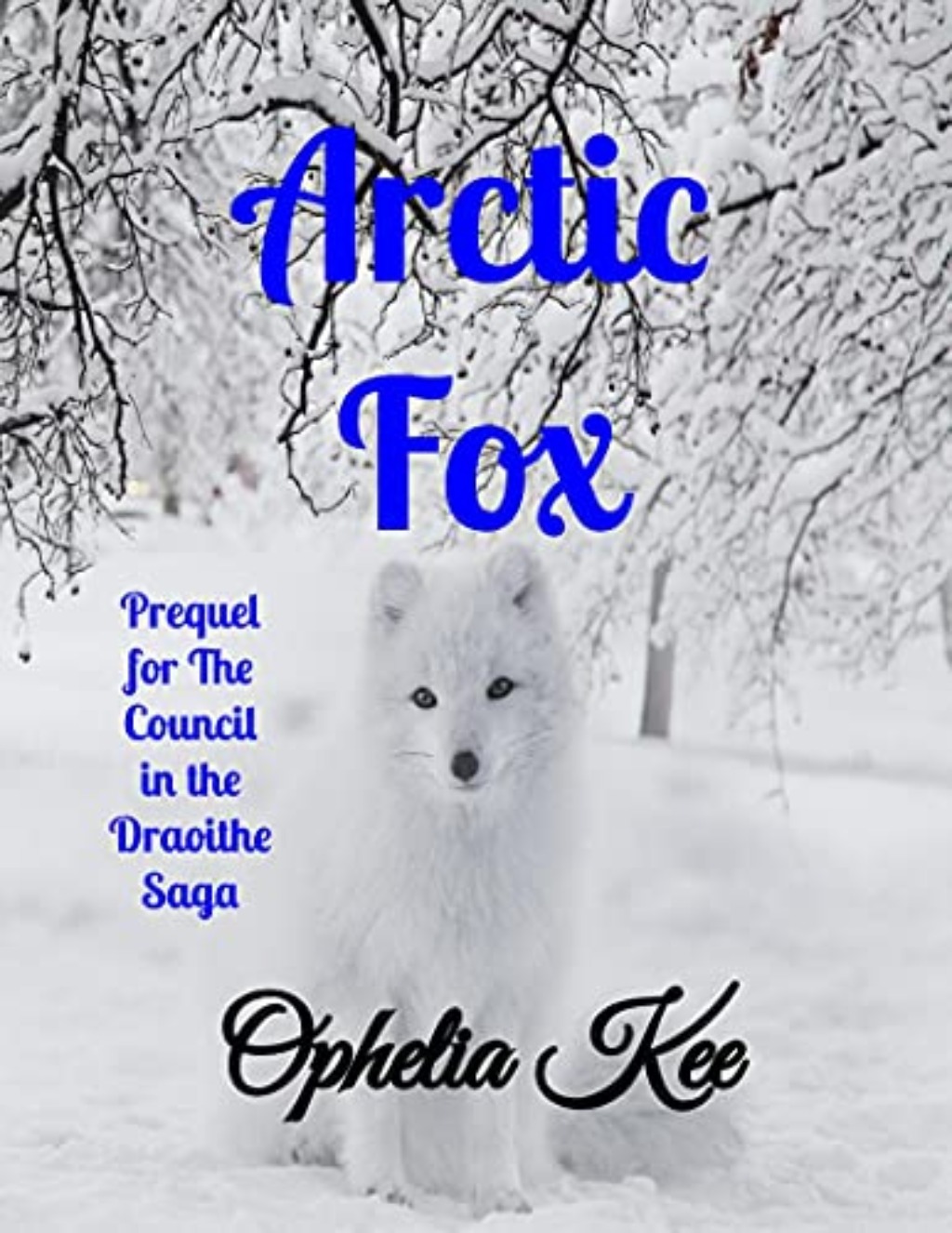
If you’re looking for a story with an interesting spin on vampires, you won’t have to look far. Arctic Fox by Ophelia Kee is a paranormal romance that features a former Druid king who is also an immortal fox shifter and vampires who stay away from human blood since it causes bloodlust.